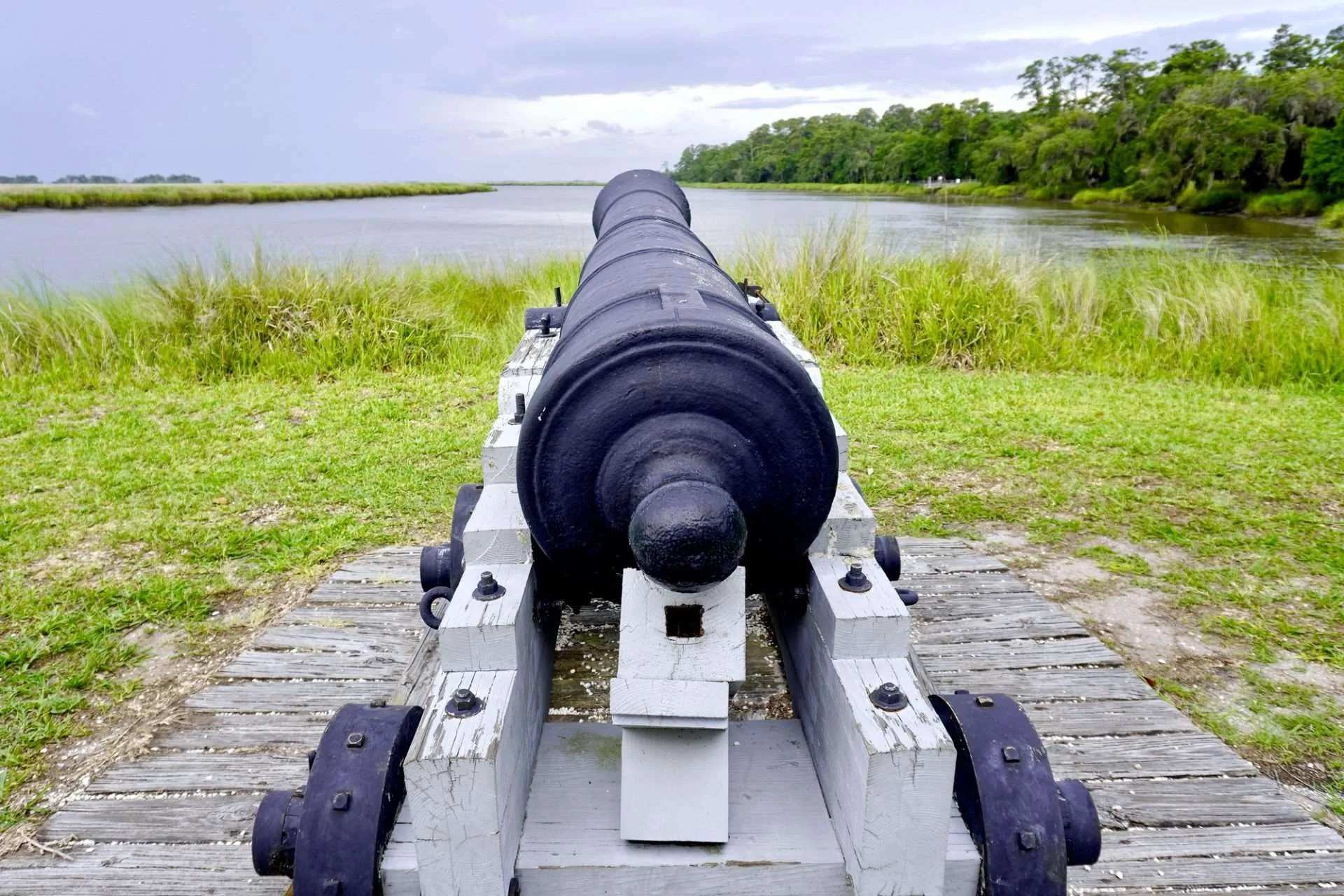Secrets Of Georgia’s Fort McAllister Battle Tactics

Have you ever wondered how Fort McAllister played a crucial role during the Civil War? Located in Georgia, this historic site witnessed intense battles and showcased brilliant military strategies. Fort McAllister's unique design and strategic location made it a formidable defense point against Union forces. Its earthen fortifications absorbed cannon fire better than traditional brick structures, giving Confederate soldiers a significant advantage. The fort's defenders used clever tactics, such as underwater mines and obstructions in the river, to thwart enemy ships. Visiting Fort McAllister today offers a fascinating glimpse into the past, where you can explore the well-preserved earthworks, cannons, and other artifacts that tell the story of this pivotal site.
Secrets of Georgia's Fort McAllister Battle Tactics
Fort McAllister, located on the banks of the Ogeechee River, played a pivotal role during the Civil War. Its strategic location and innovative defenses made it a formidable obstacle for Union forces. Let's delve into the secrets behind its battle tactics.
Ingenious Earthwork Defenses
The fort's earthwork defenses were a game-changer. Unlike traditional stone forts, Fort McAllister used earth and sand, which absorbed artillery fire better.
- Earthen Parapets: These thick walls of packed earth could withstand heavy bombardment, reducing damage from enemy fire.
- Bombproof Shelters: Underground shelters protected soldiers from incoming shells, ensuring their safety during intense bombardments.
- Revetments: Wooden or stone supports reinforced the earthworks, preventing erosion and maintaining structural integrity.
Strategic Location and Layout
Fort McAllister's location was no accident. Its placement and design maximized its defensive capabilities.
- River Overlook: Positioned on the Ogeechee River, the fort controlled access to Savannah, a crucial Confederate supply line.
- Battery Placement: Artillery batteries were strategically placed to cover all approaches, creating overlapping fields of fire.
- Obstructions: The river was filled with obstacles like sunken ships and underwater mines, deterring enemy vessels.
Innovative Artillery Tactics
The fort's artillery tactics were ahead of their time, combining traditional methods with creative innovations.
- Hot Shot Furnaces: These furnaces heated cannonballs until they glowed red, turning them into incendiary projectiles that could set wooden ships ablaze.
- Traversing Platforms: Artillery pieces were mounted on platforms that could pivot, allowing for rapid targeting adjustments.
- Rifled Cannons: These cannons had grooved barrels, increasing accuracy and range compared to smoothbore cannons.
Camouflage and Concealment
Deception played a crucial role in Fort McAllister's defenses, making it difficult for the enemy to target effectively.
- Natural Cover: The fort blended with the surrounding landscape, using trees and brush to conceal its position.
- Dummy Emplacements: Fake artillery positions misled enemy forces, drawing fire away from the real defenses.
- Night Operations: Troops conducted repairs and adjustments under the cover of darkness, minimizing exposure to enemy observation.
Resilient Supply Lines
Maintaining a steady flow of supplies was vital for the fort's endurance during prolonged sieges.
- Blockade Runners: Fast, stealthy ships evaded Union blockades, bringing in essential supplies and reinforcements.
- Local Resources: The fort utilized nearby resources, such as timber and food, reducing dependency on distant supply lines.
- Underground Storage: Supplies were stored in underground bunkers, protecting them from enemy fire and the elements.
Effective Communication Networks
Communication was key to coordinating defenses and relaying information quickly.
- Signal Flags: Colorful flags conveyed messages between different parts of the fort and nearby outposts.
- Telegraph Lines: Early telegraph technology allowed for rapid communication with Confederate command centers.
- Couriers: Skilled riders carried important messages through enemy lines, ensuring vital information reached its destination.
Fort McAllister's battle tactics combined innovation, strategy, and resilience, making it a formidable stronghold during the Civil War. Its legacy continues to be studied and admired by military historians today.
Lessons from Fort McAllister
Fort McAllister offers a glimpse into Civil War strategy. The fort's design and location played a key role in its defense. Earthworks absorbed artillery fire better than traditional stone forts. The use of torpedoes in the river added an extra layer of protection. These tactics delayed Union forces, giving the Confederates more time to prepare.
Understanding these strategies helps us appreciate the ingenuity and resourcefulness of those involved. Fort McAllister stands as a testament to the importance of adapting to new challenges. It shows how innovation can turn the tide in difficult situations.
Visiting the fort today, you can see firsthand the impact of these tactics. The site offers a unique opportunity to learn about history in an engaging way. Fort McAllister's lessons remain relevant, reminding us that creativity and adaptability are crucial in any conflict.

